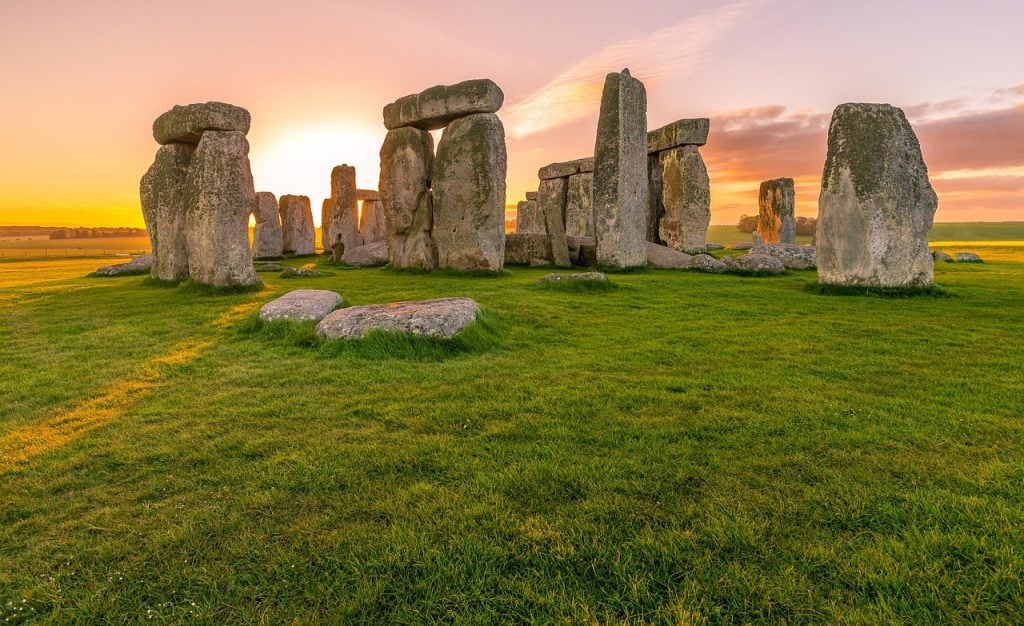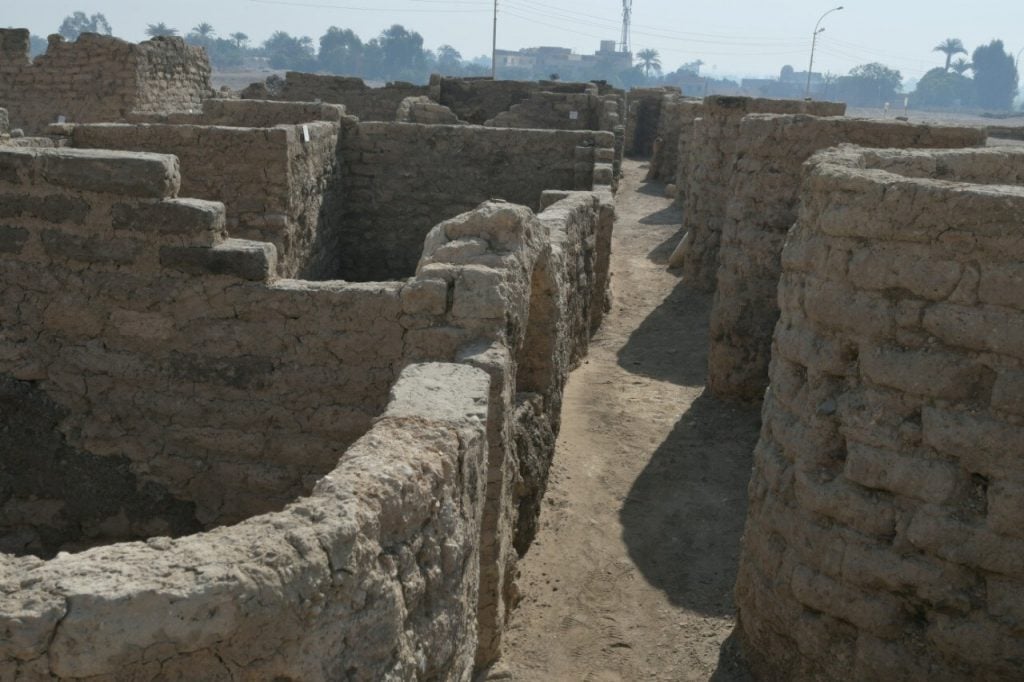This photo provided by Adam Pažout shows a fragment of a Roman milestone that was erected along the road Via
Nova Traiana in Jordan. Credit: Adam Pažout/Itiner-e via AP
As the saying went, all roads once led to Rome—and those roads stretched 50% longer than previously known, according to a new digital atlas published Thursday.
The last major atlas of ancient Roman road networks was published 25 years ago. Since then, advances in technology and other newly accessible sources have greatly expanded researchers' ability to locate ancient roadways.
Over five years, a team of archaeologists combed through historical records, ancient journals, locations of milestones and other archival data. Scientists then looked for clues in satellite imagery and aerial photography, including recently digitized photos taken from planes during World War II.




















